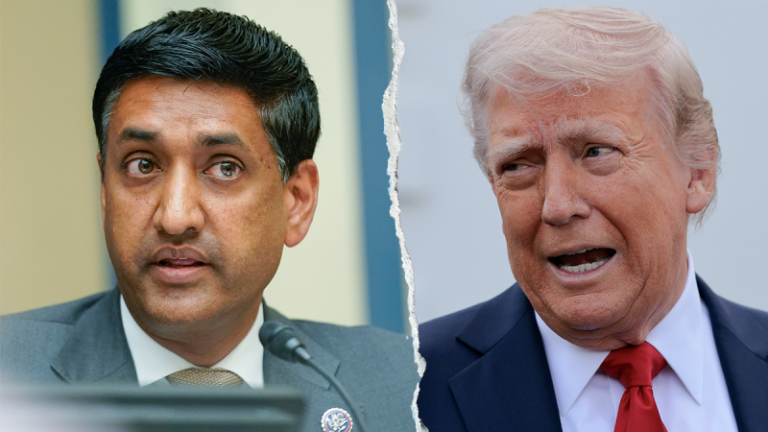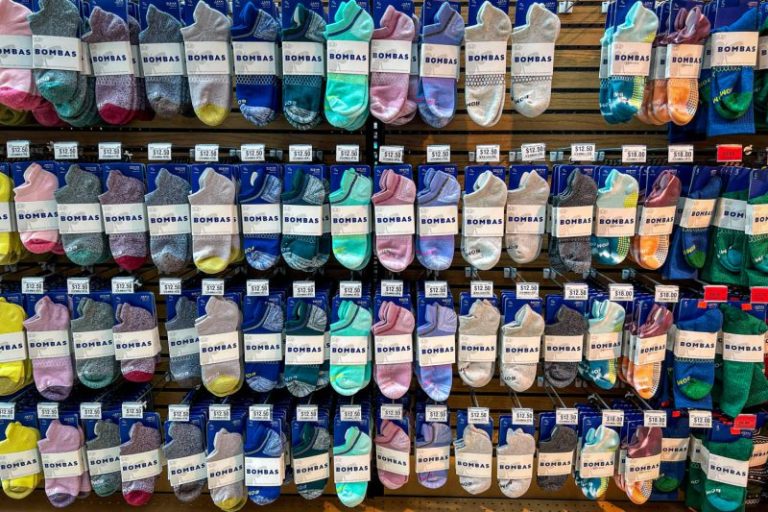Eight years ago, during the first few days of President Donald Trump’s first term, I joined his other senior advisers in the White House Situation Room to discuss our approach to Saudia Arabia, which was then in the midst of an internal power struggle. Should we work with the older generation of Saudi leaders, with whom the U.S. has done business with for decades? Or would we take a chance on the younger generation, who were untested, but are committed to massive social and economic change.
Jared Kushner made the case for the new leaders, especially Mohammed bin Salman (MBS). Kushner argued they would take Saudi Arabia in a different direction — away from the religiously and socially conservative, insular, extremist-tolerant older generation of their grandparents – and build a modern, tolerant and open society, with rights for women.
They wanted to diversify the Saudi economy beyond its reliance on oil and create a modern nation focused on technology, investment and infrastructure. They would stand against Islamic extremism and work with us to destroy terrorist movements. They were open to the idea of peace with Israel as the foundation of a wilder peace in the Middle East.
The choice was Trump’s, and one of his first major foreign policy decisions. He would continue his rock-solid support of Israel, but he took a bet on the younger generation of Sunni Arab leaders. He withdrew from President Barack Obama’s flawed nuclear weapons deal with Iran, believing that the road to Middle East peace went through Riyadh and Israel, not Tehran.
This week’s trip to Saudi Arabia, Qatar and the UAE was Trump’s victory lap. His big bet in 2017 paid off. He could say with great pride, ‘Before our eyes, a new generation of leaders is transcending the ancient conflicts and tired divisions of the past, and forging a future where the Middle East is defined by commerce, not chaos; where it exports technology, not terrorism; and where people of different nations, religions, and creeds are building cities together — not bombing each other out of existence.’
The Gulf Arab nations, led by Saudi Arabia, have accomplished extraordinary things in the last eight years, despite the cold shoulder given them during the Biden administration. They were crucial in destroying ISIS and other Islamist extremist movements. They played a major behind-the-scenes role in the Abraham Accords between Israel and the UAE, Bahrain, Sudan and then Morocco. While not yet a formal signatory to the Abraham Accords, Saudi Arabia is well on its way.
The Saudis, along with the other Gulf Arab leaders, have now urged Trump to open a dialogue with the new leaders of Syria. He has taken another bet on peace during this trip, and is dropping crippling sanctions on Syria, to give them a ‘chance at greatness.’ If Trump is right, Syria will no longer be a scourge of the region it has been for decades; using chemical weapons on its own people, hosting extremist groups bent on spreading death and destruction, and welcoming in Russian influence.
Perhaps most important of all, Trump has put a stake in the heart of American interventionist foreign policy pursued by both political parties for the last 20 years. We will no longer fight forever wars in the Middle East in a futile attempt to force them into the American mold. We will no longer give nations ‘lectures on how to live or how to govern their own affairs.’
As Trump said in his first address to the United Nations General Assembly in 2017, ‘We do not expect diverse countries to share the same cultures, traditions, or even systems of government. But we do expect all nations to uphold these two core sovereign duties: to respect the interests of their own people and the rights of every other sovereign nation…
‘In America, we do not seek to impose our way of life on anyone, but rather to let it shine as an example for everyone to watch.’
Our policy is Peace through Strength – which encompasses all forms of our strength, not just our military strength.
What better way to honor the spirit of our own founding 250 years ago, than to encourage other ‘sovereign nations let their people take ownership of the future and control their own destiny.’










